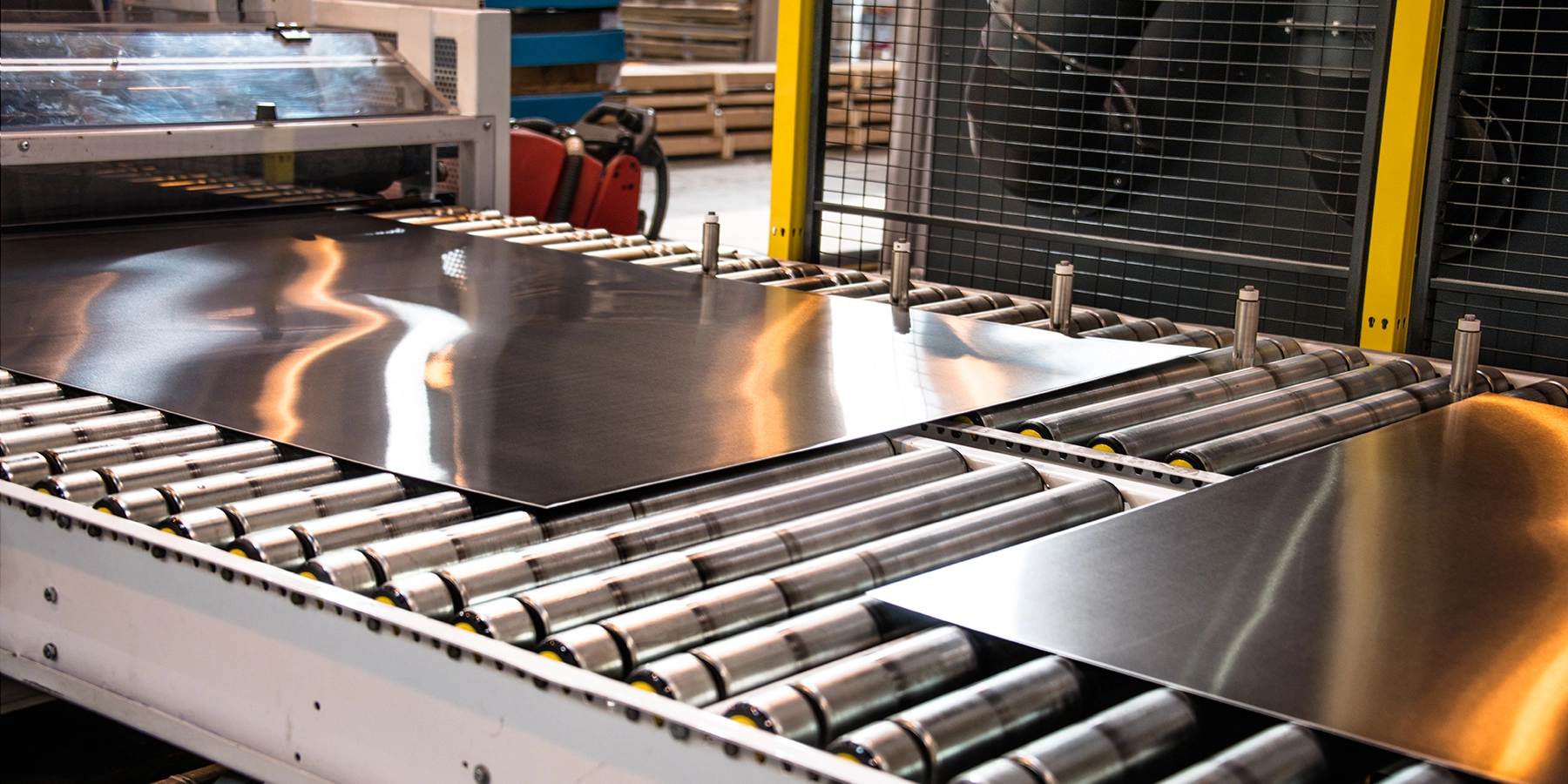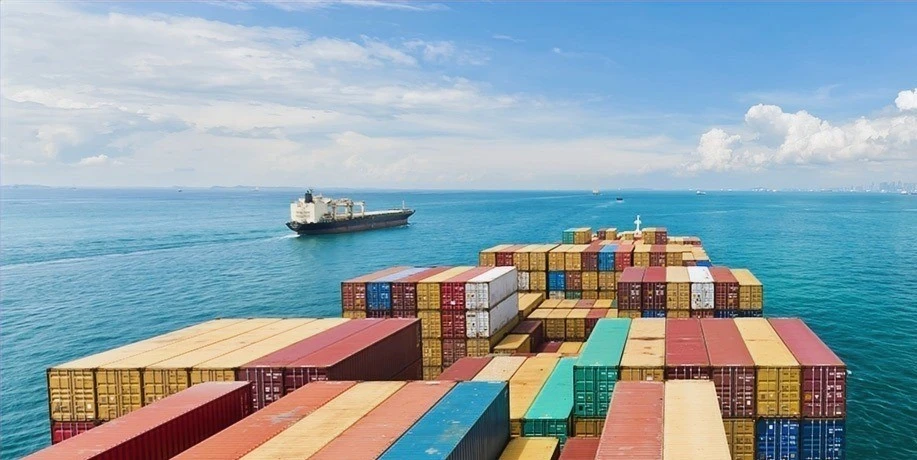Differences Between 304 and 316 Stainless Steel
Stainless steel grades 304 and 316 are among the most commonly used stainless steels. Many people wonder what the differences are between these two grades and which one is more suitable for their needs. Both 304 and 316 are austenitic stainless steels with excellent corrosion resistance, but there are key differences in their chemical composition and performance that can impact their ideal applications.
Chemical Composition Differences
The primary difference between 304 and 316 stainless steel is their chemical composition. Grade 304 stainless steel typically contains around 18% chromium and 8% nickel, which is why it is sometimes called 18/8 stainless steel. Grade 316 stainless steel, on the other hand, has about 16% chromium, 10% nickel, and 2–3% molybdenum. The addition of molybdenum is a major factor that gives 316 stainless steel enhanced corrosion resistance, especially against chlorides and other industrial solvents.
The presence of molybdenum in 316 makes it more resistant to pitting corrosion in saltwater and harsh chemical environments than 304. In contrast, 304’s composition without molybdenum is slightly less resistant in those conditions but still provides excellent general corrosion resistance for most common uses.
Corrosion Resistance and Durability
Both 304 and 316 are known for their corrosion resistance, but 316 is considered the marine grade stainless steel because it handles chloride exposure better. In environments such as coastal areas, food processing with salt, or chemical processing with acidic or brine solutions, 316 stainless steel will typically perform better over time than 304. The molybdenum in 316 helps protect against rust and pitting, making it ideal for harsh conditions.
Grade 304 is still extremely durable and corrosion-resistant in most typical environments. It excels in indoor applications, freshwater environments, and where chlorides are not a significant factor. For many general purposes, 304 stainless steel will provide a long-lasting, rust-free service life. However, if your application involves exposure to seawater, de-icing salts, or strong chemicals, upgrading to 316 stainless steel can greatly extend the part’s lifespan.
Elevate your projects with our superior steel –
contact us today to secure your supply and forge success together!
CONTACT US Applications and Uses
The differences in composition and corrosion resistance lead 304 and 316 stainless steels to be used in somewhat different applications. Grade 304 is widely used for kitchen equipment, indoor architectural trim, storage tanks, and general-purpose sheet metal parts. For example, restaurant equipment, household appliances, and automotive trim are often made from 304 stainless steel due to its excellent performance and more affordable cost.
Grade 316 stainless steel is preferred in more demanding environments. You will find 316 in applications like pharmaceutical and food processing equipment, medical devices, chemical storage tanks and piping, and marine hardware. For instance, in the food and pharmaceutical industries, 316 stainless steel sheet is often used because it can withstand aggressive cleaners and sterilization processes without corroding. If strict hygiene and corrosion resistance are required, 316 tends to be the better choice.
Cost Considerations
Cost is another practical difference between these grades. Because of its higher nickel and molybdenum content, 316 stainless steel is more expensive than 304. For many projects, 304 offers an optimal balance of cost and performance, providing excellent corrosion resistance at a lower price point. Users often choose 304 when the superior chloride resistance of 316 is not necessary, in order to save on material costs.
However, if a project is in a corrosive environment or will be exposed to salt and chemicals, investing in 316 stainless steel can pay off by avoiding premature corrosion and replacement. The longer service life and reliability of 316 in harsh conditions can justify its higher upfront cost by preventing maintenance and downtime over the long run.
Which One Should You Choose?
In summary, choose 304 stainless steel for general purpose use where standard corrosion resistance suffices and cost is a concern. Choose 316 stainless steel in marine, chemical, or high-salinity environments, or where frequent cleaning and sterilization is required (such as in food and pharma settings). If you're still not sure which is best for your application, feel free to contact our team for guidance.
CarnoWiseman supplies high-quality 304 stainless steel sheets and 316 stainless steel sheets to suit a variety of applications. By matching the grade of stainless steel to your environment and needs, you can ensure optimal performance and value for your investment. Be sure to also read our other resources, such as the best practices for welding stainless steel, to get the most out of your stainless steel products.


